
Pes anserinusSyndrom behandeln Ursache, Therapie und Übungen in 2021 Knieschmerzen, Ursache
1. Medial Knee Pain The most common symptom of pes anserine bursitis is pain and tenderness on the inner side of the knee approximately 2-3 inches below the joint.

Bandage bei Pes Anserinus Syndrom Knieschmerzen Innenseite Das Pes Anserinus Syndrom
Knee pain is a common complaint in clinical practice, and pes anserinus tendino-bursitis syndrome (PATB) has been frequently diagnosed based only on clinical features that may cause equivocal interpretations. Patients complain of characteristic spontaneous medial knee pain with tenderness in the inferomedial aspect of the joint.

Anatomy Stock Images kneeanserinesyndromepesanserinusbursitistendinitispainlocation
Pes anserinus, Latin for "goose foot," describes the gross appearance of the insertion of the conjoined distal sartorius, gracilis, and semitendinosus tendons at the anteromedial aspect of the tibia.

Innerer Knieschmerz Übungen für das Pes AnserinusSyndrom
Pes anserine bursitis is an inflammation of the bursa located between the shinbone (tibia) and three tendons of the hamstring muscle at the inside of the knee. It occurs when the bursa becomes irritated and produces too much fluid, which causes it to swell and put pressure on the adjacent parts of the knee.
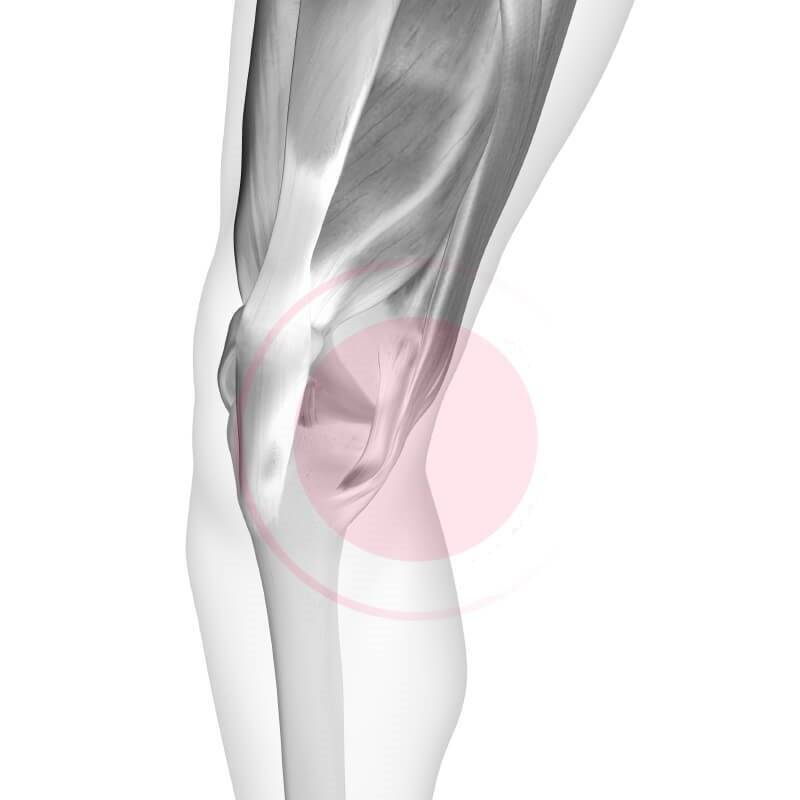
Knieschmerzen Innenseite Das Pes Anserinus Syndrom Knieschmerzen beim Laufen Bauerfeind Sports
CONCLUSION. The pes anserinus, consisting of the conjoined tendons of the sartorius, gracilis, and semitendinosus muscles and their insertions at the medial aspect of the knee, is of-ten neglected during imaging assessment. Common pathologic conditions affecting the pes an-serinus include overuse, acute trauma, iatrogenic disorders, and tumors.
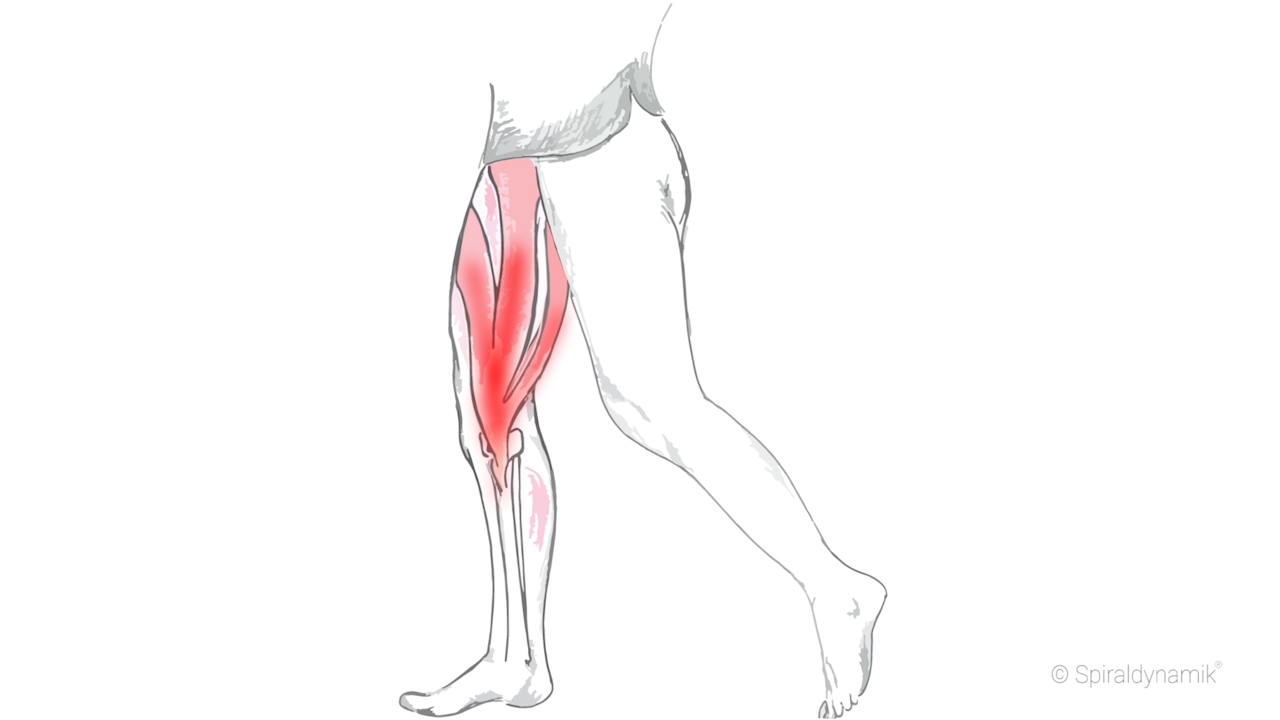
Therapie PesAnserinus
Pes Anserine bursitis, also known as intertendinous bursa, is an inflammatory condition of bursa of the conjoined insertion of the sartorius, gracilis and semitendinosus [1]. We can locate this at the proximal medial aspect of the Knee, two inches below the medial knee joint line between the pes anserinus tendons [2] [3] [4].

PES ANSERINE BURSITIS
How common is pes anserinus bursitis? Pes anserinus bursitis is most common among athletes. The condition is also prevalent in adults with osteoarthritis and people with obesity. Statistically, anterior knee pain, or knee pain in the front of the knee, is most common in women over 50 with obesity.
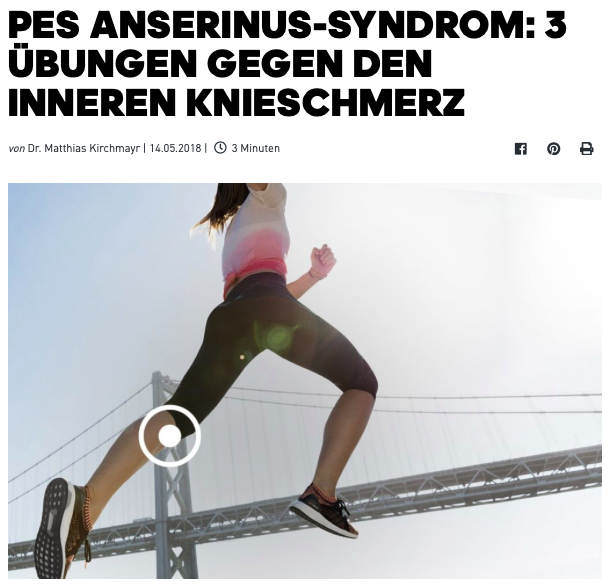
PES Anserinus Syndrom der innere Knieschmerz Faszienexperte
First Online: 03 February 2021 590 Accesses Abstract The differential diagnosis in pediatric cases with medial knee pain is broad. One potential cause may be Pes Anserine Pain Syndrome (PAPS). The pes anserinus is a multilayered complex, which lies on the inferior medial aspect of the knee.

Pes Anserinus Syndrom Therapie Captions Trend Update
Pes anserinus tendinopathy and pes anserine bursitis are conditions commonly associated with obesity and osteoarthritis (OA) of the knee.

Pes anserinusSyndrom erklärt Überlastung der KnieInnenseite YouTube
Pes Anserinus Syndrome. Pes Anserinus Syndrome. Description. The pes anserinus is the tendon insertion of three muscles of the thigh into the upper part of one of the lower leg bones, the tibia, just below the knee, to the inner side of the front of the leg. Where the tendon attaches to bone, there is a bursa, a fluid-filled cushion.

Exercice de souplesse, Jambes douloureuses, Pattes d'oie
Pes anserine bursitis is an inflammatory condition of the medial (inner) knee at the anserine bursa, a sub muscular bursa, just below the pes anserinus . Pathology The pes anserinus is where the tendons of the sartorius, gracilis, and semitendinosus join at the medial knee, [1] into the anteromedial proximal tibia .
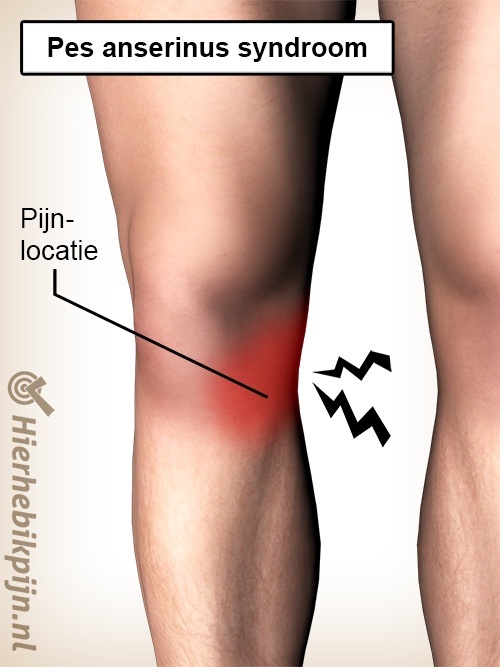
Pes anserinus syndroom Oorzaak, symptomen & behandeling
Pes anserine syndrome If you are experiencing pain on the inside of your knee, or at the center of your shinbone, then you may be suffering from Pes Anserine Bursitis. We guide you through the common causes and how you can start relieving and treating your pain. Injurymap's rehabilitation program for this diagnosis is very popular
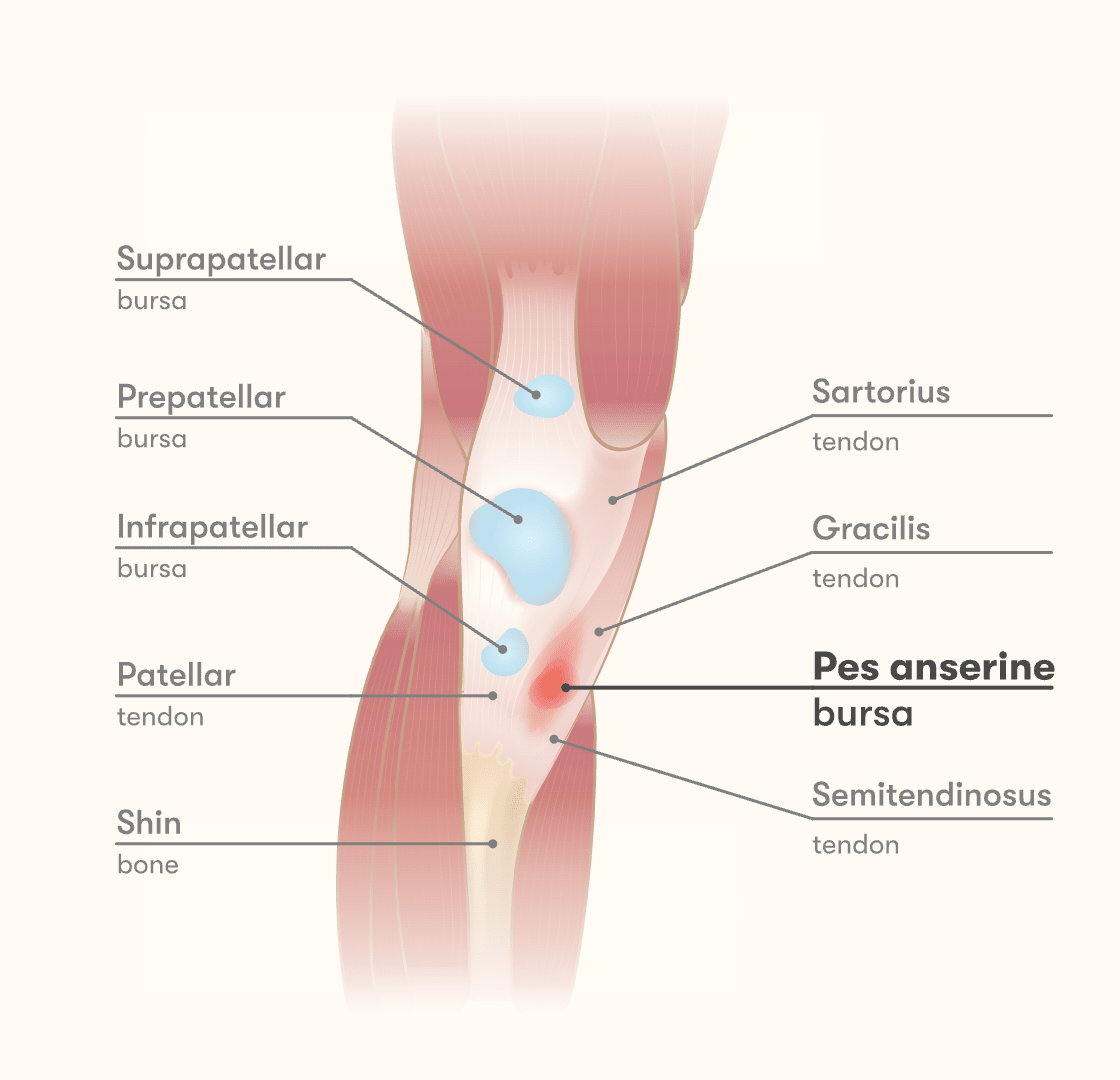
Pes Anserine Bursitis Causes, Symptoms & Treatment Guide
Snapping pes anserinus syndrome is a condition that can occur with the pes anserinus tendons. Clinical presentation It is a frequent cause of medial knee snapping or painful clicking and catching experienced at the posteromedial corner of the k.
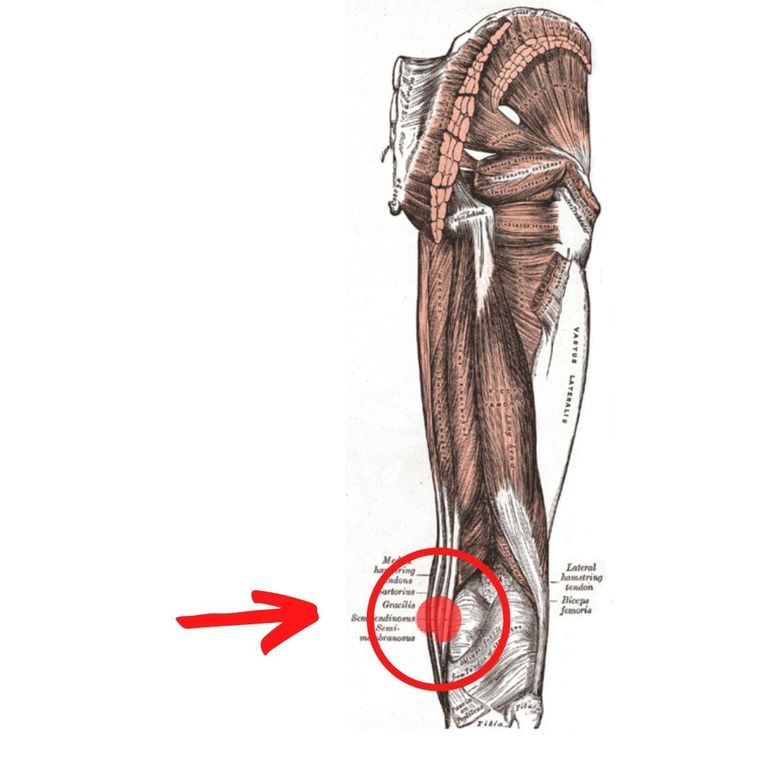
Pes anserinusSyndrom behandeln Ursache, Therapie und Übungen
The Pes Anserine, also known as pes anserinus or the goose's foot is the combined tendon of the semitendinosus muscle (one of the hamstrings), Sartorius and gracilis. Each of the three muscles is supplied by a different nerve: Sartorius = femoral nerve. Gracilis = obturator nerve. Semitendinosus = tibial nerve.
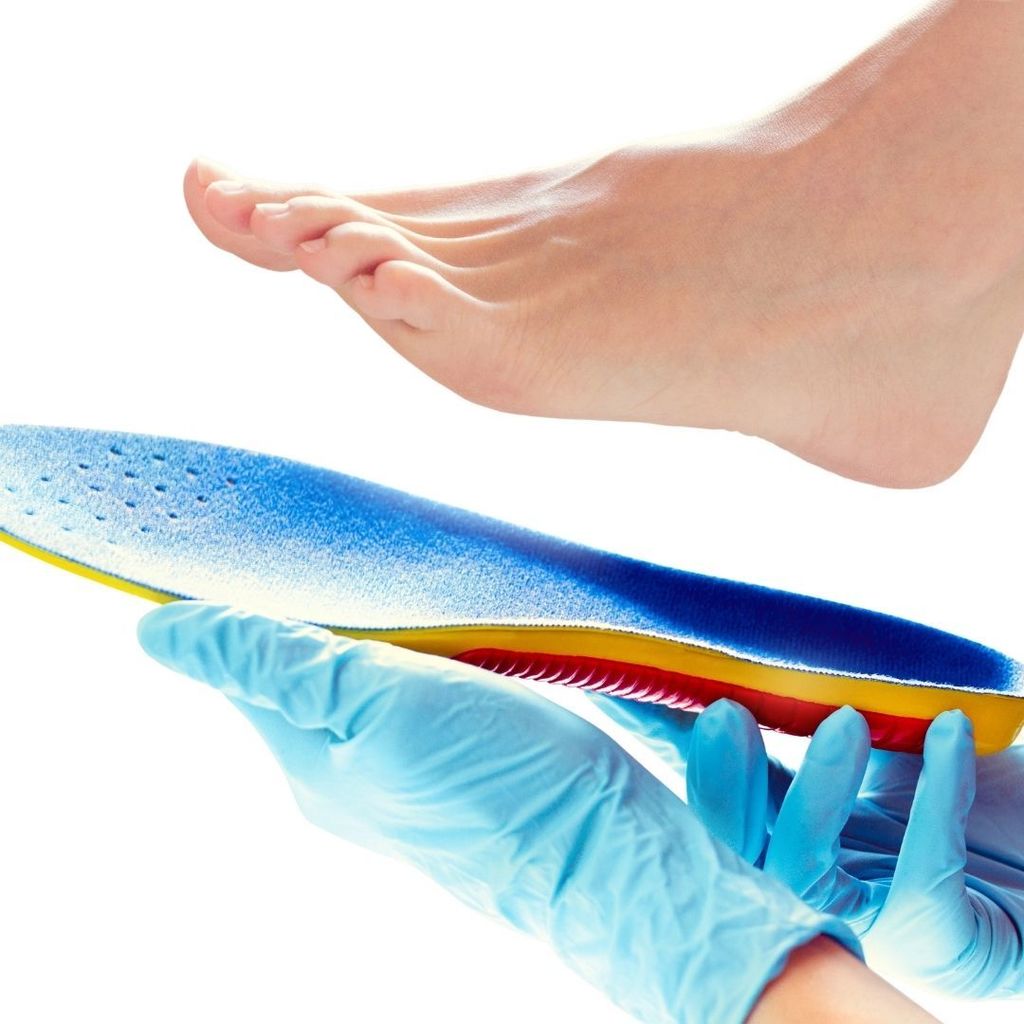
Pes anserinusSyndrom behandeln Ursache, Therapie und Übungen
Pes Anserine Bursitis - StatPearls - NCBI Bookshelf HHS Vulnerability Disclosure Bursitis is the general term used to describe inflammation of any bursa. The bursae are cavitary structures lined with synovial tissue that cushions and assists during the motion of joints and muscles.

Pes Anserinus Bursitis Bone and Spine
Pes anserinus tendinitis/bursitis syndrome, or pes anserine bursitis, is a cause of chronic knee pain and weakness. [3] [4] It occurs when the medial portion of the knee is inflamed. If the bursa underlying the tendons of the sartorius, gracilis, and semitendinosus gets irritated from overuse or injury, a person can develop this ailment.